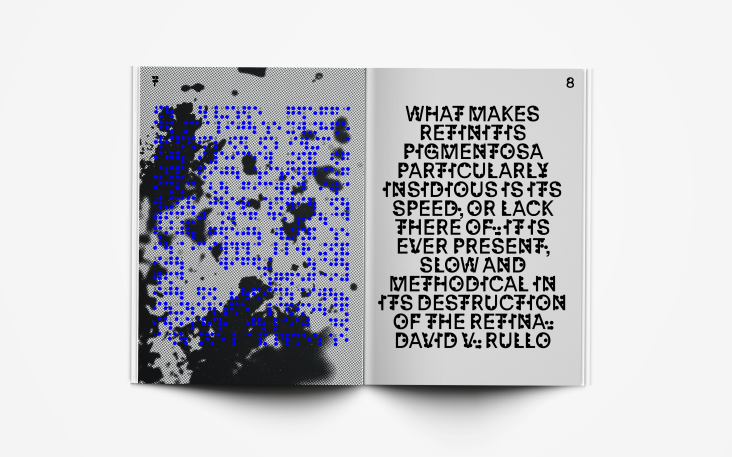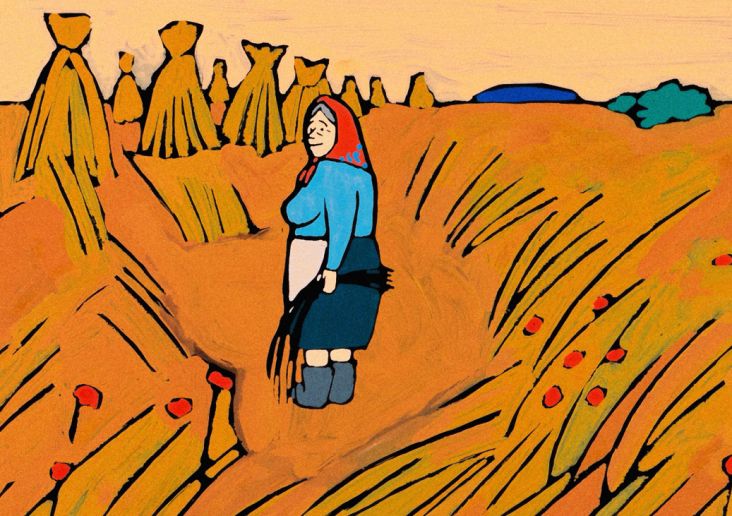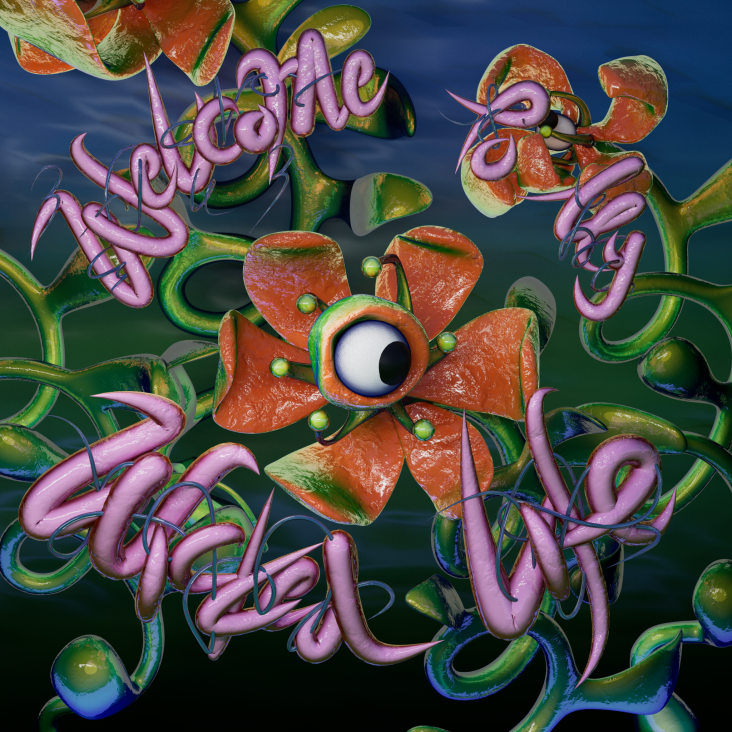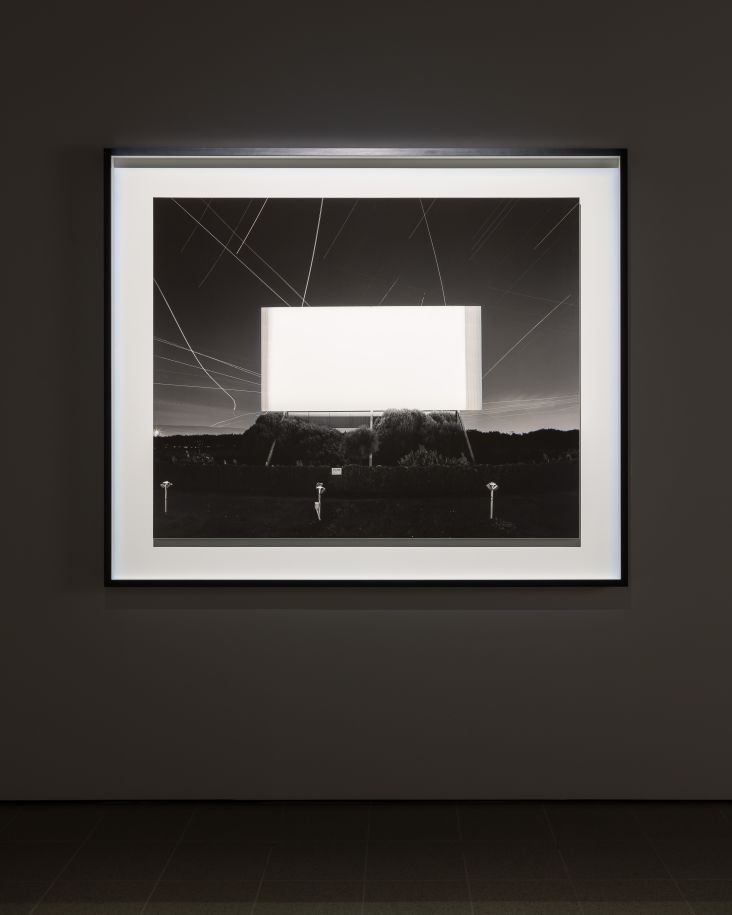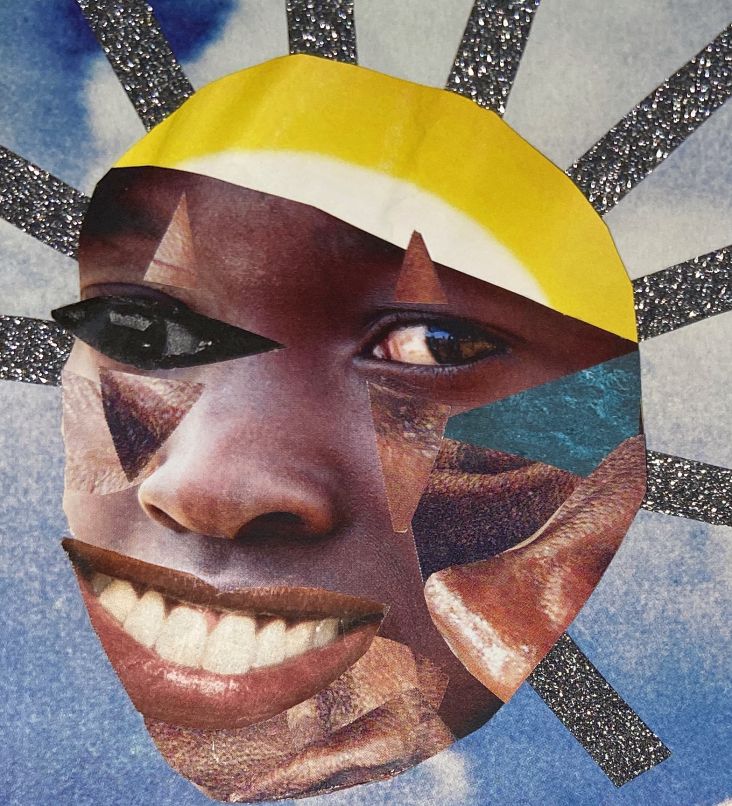Amjad Ali Talpur invites you to try and solve his puzzling portrait paintings
Contemporary Pakistani artist Amjad Ali Talpur plays with composition in his puzzling portraits that aim to create a sense of movement, as well as exploring the different facets of a personality.
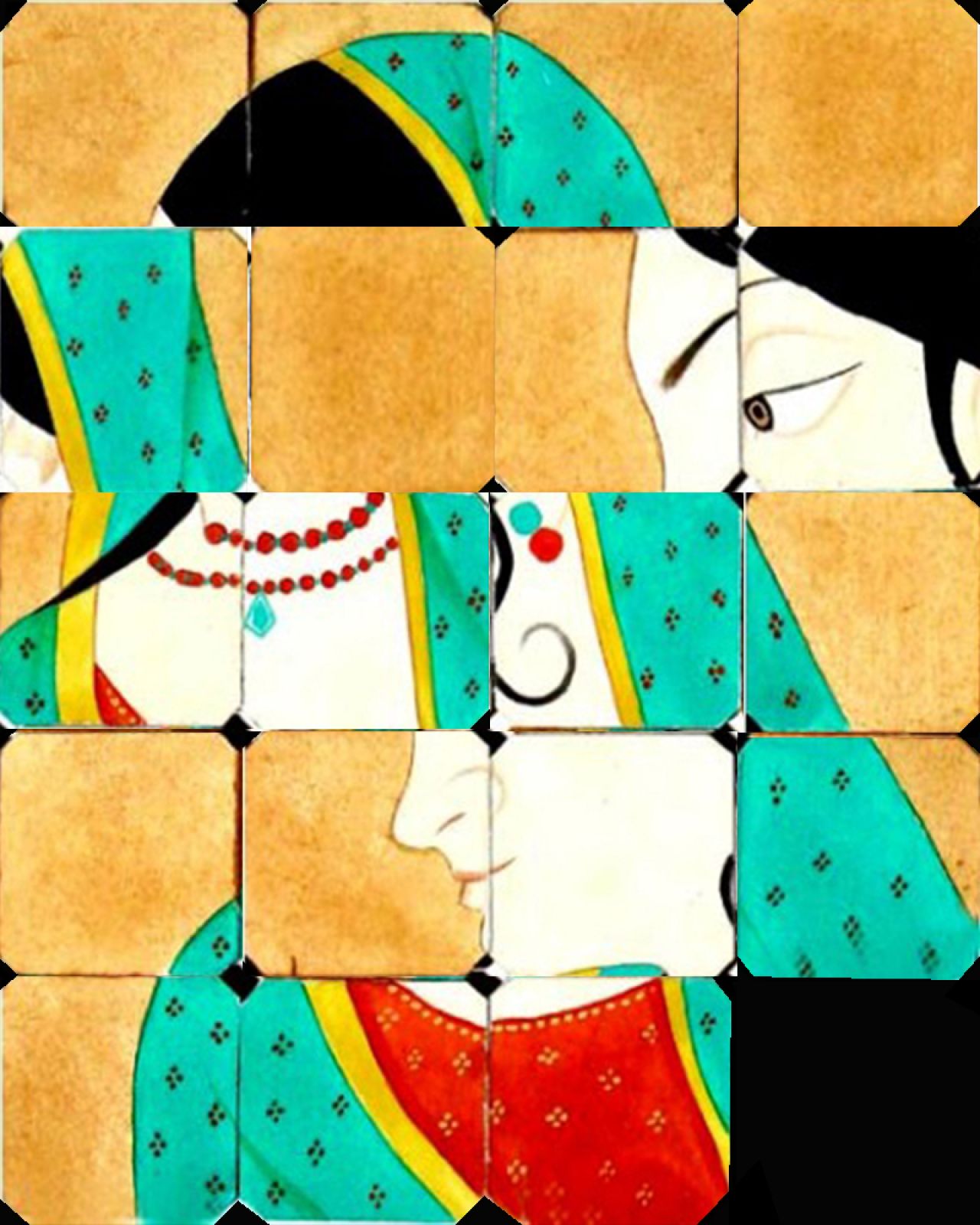
What do Pablo Picasso, Jackson Pollock and Marcel Duchamp have in common? Besides being brilliant artists, they're all huge inspirations for Amjad Ali Talpur, who is attracted to how they create movement in their paintings by experimenting with form and composition.
This is readily apparent in Amjad's portrait paintings, which break down faces into tile-like slabs rearranged into mismatched patterns. By doing so, he creates compellingly incomplete pictures that lure the viewer to figure them out and construct a meaning of their own.
At once humorous and meaningful, Amjad's portraits are inspired by his background living in a developing country. "There is corruption everywhere," he tells Creative Boom. "I have felt this since my childhood. It is especially related to religion, politics, justice, and everyday things.
"My artwork is about the society and culture where I live. I talk about today's issues through my work, asking where we stand as a country; sometimes we become pacifists and sometimes fighters."
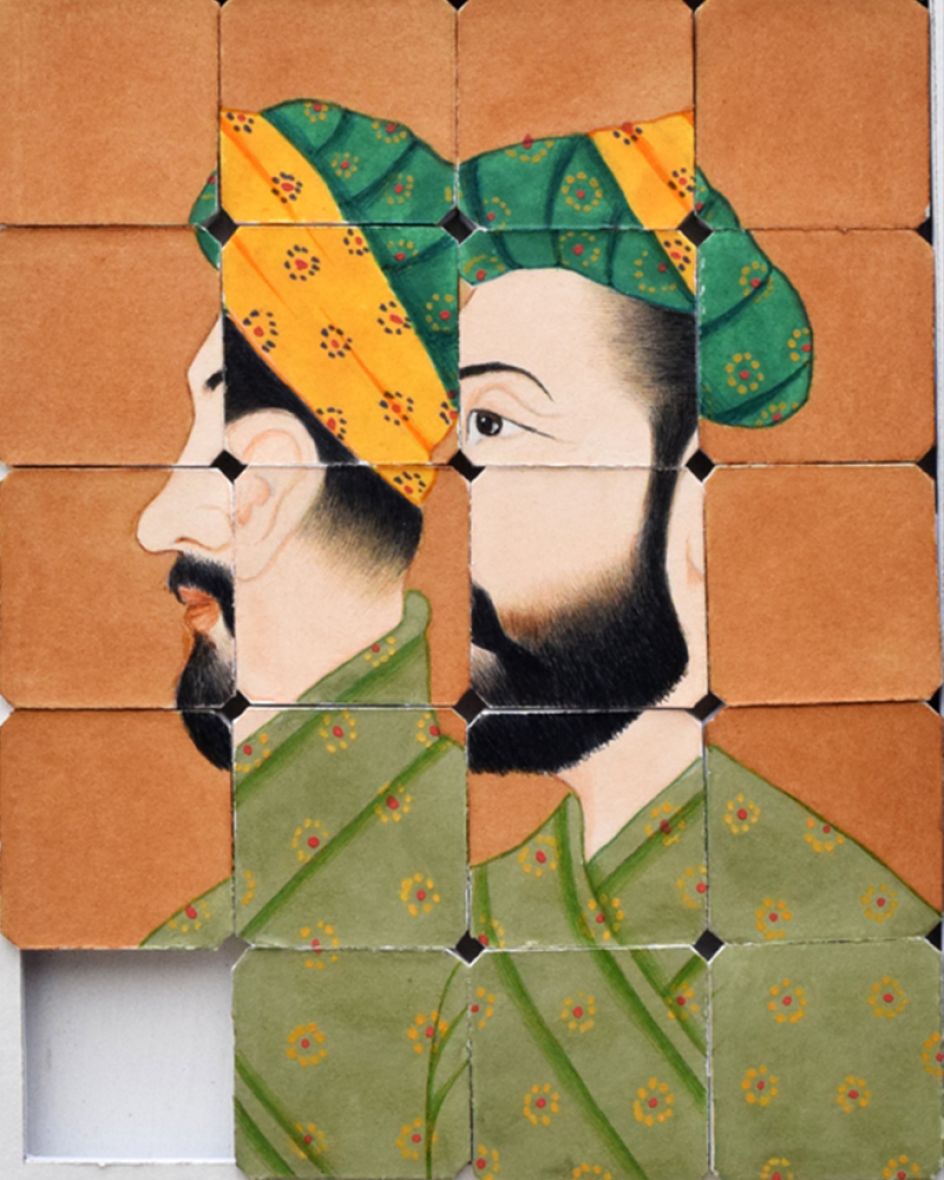
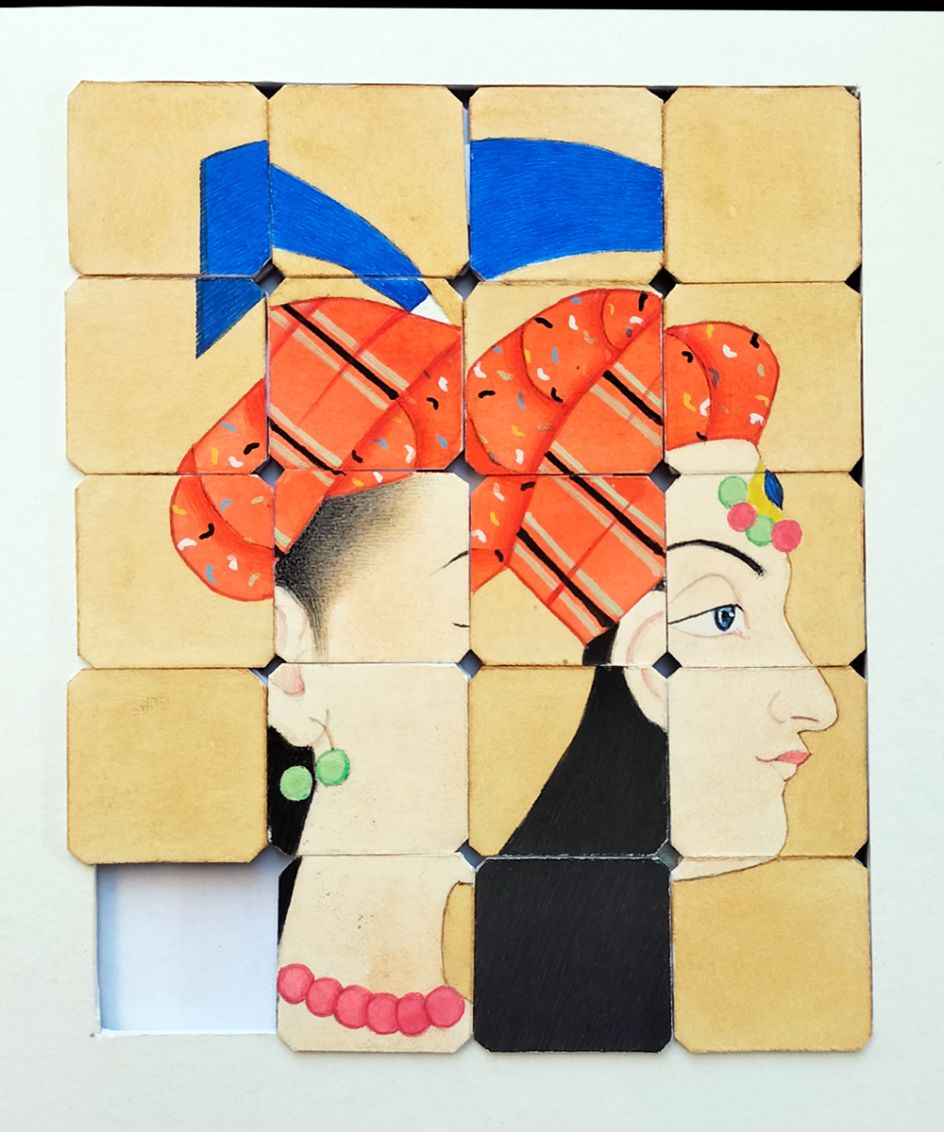

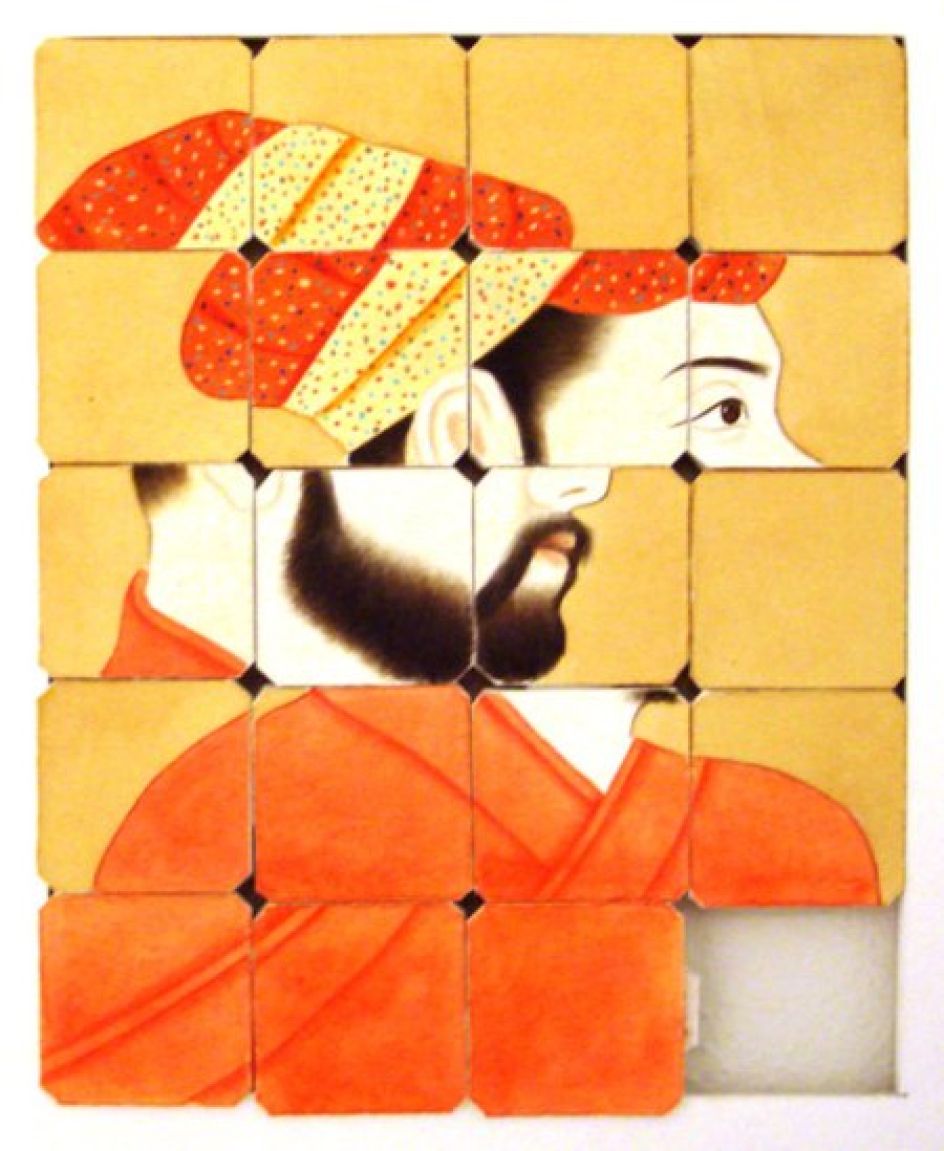
In terms of paintings, Amjad is also influenced by traditional miniature art, particularly those of Mughal emperors. "When I started painting and began to read about the Mughal emperors, I realised that all the paintings were made to praise them," he explains. "The king is hunting, the king is fighting, the king is romancing, and the king is doing justice in court, etc. Nowhere in these paintings does the king's dark side appear."
This unanimously glowing perspective confused Amjad, as he believed there was "good and bad in every human being". This dovetails into another problem he has had throughout his career as an artist: why is an image always still? By breaking down and rearranging his portraits, Amjad aims to tackle both these dilemmas.
Mughal emperors are still the subject in Amjad's portraits, and he also follows traditional practices by painting on vasli, a type of handmade paper that has long been used as a base for the miniatures that inspired him. This material is made by combining five drawing sheers with dough, dries and becomes hard as wood.
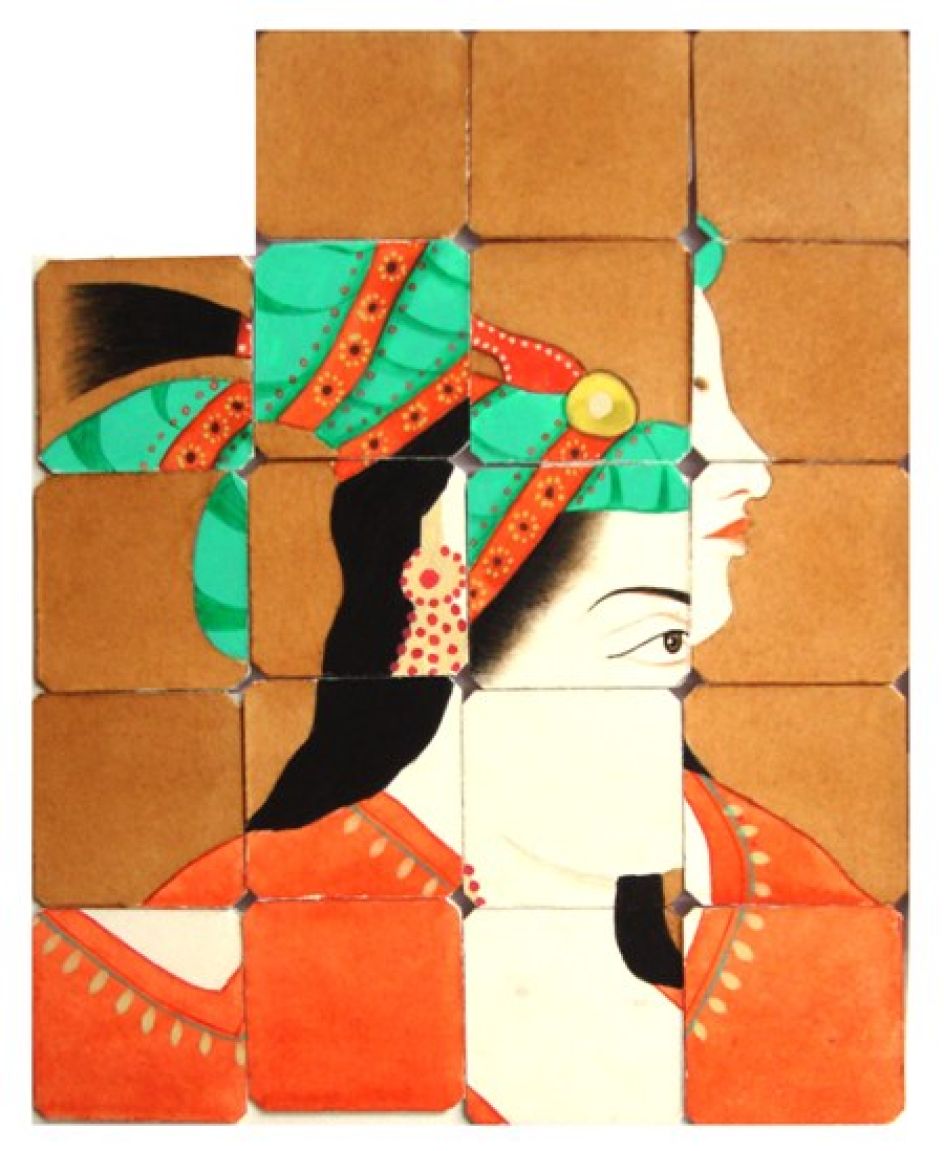
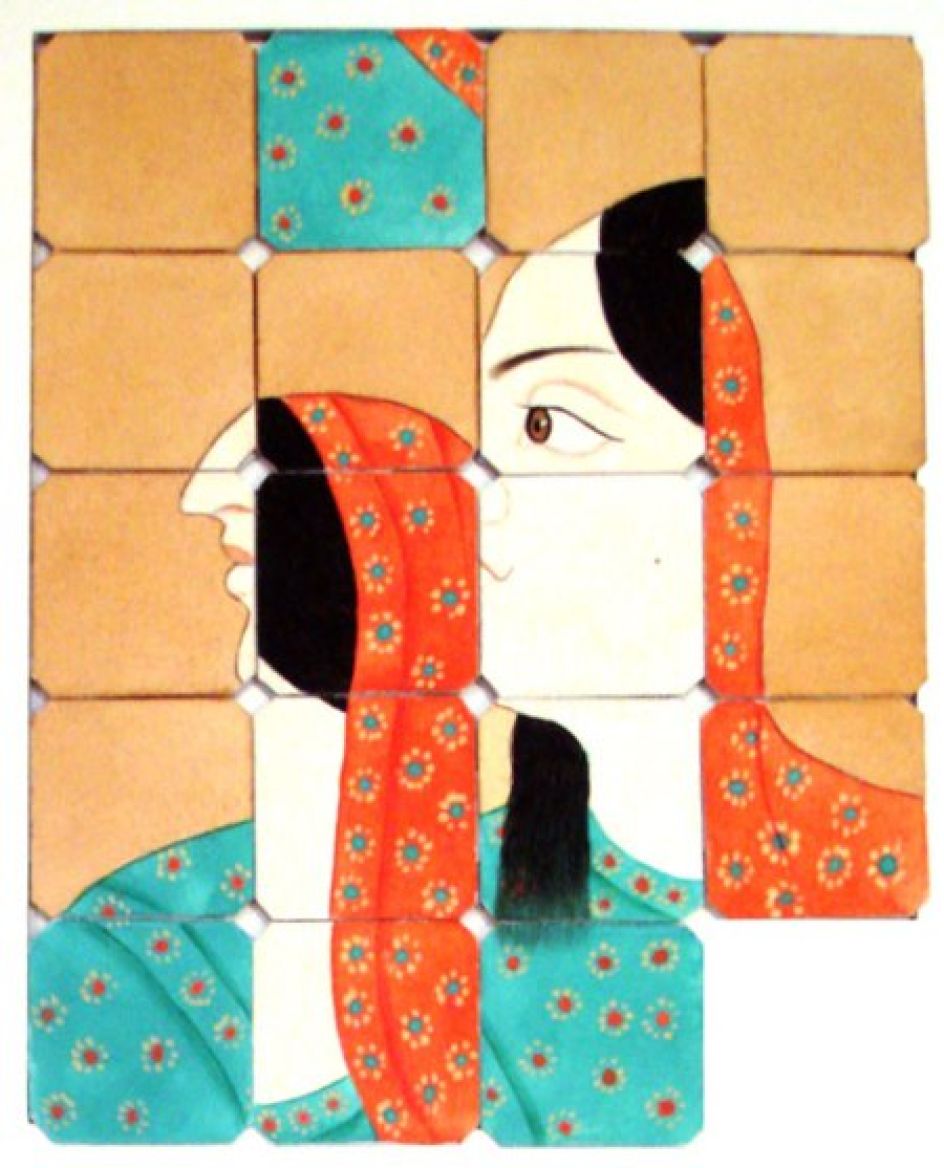
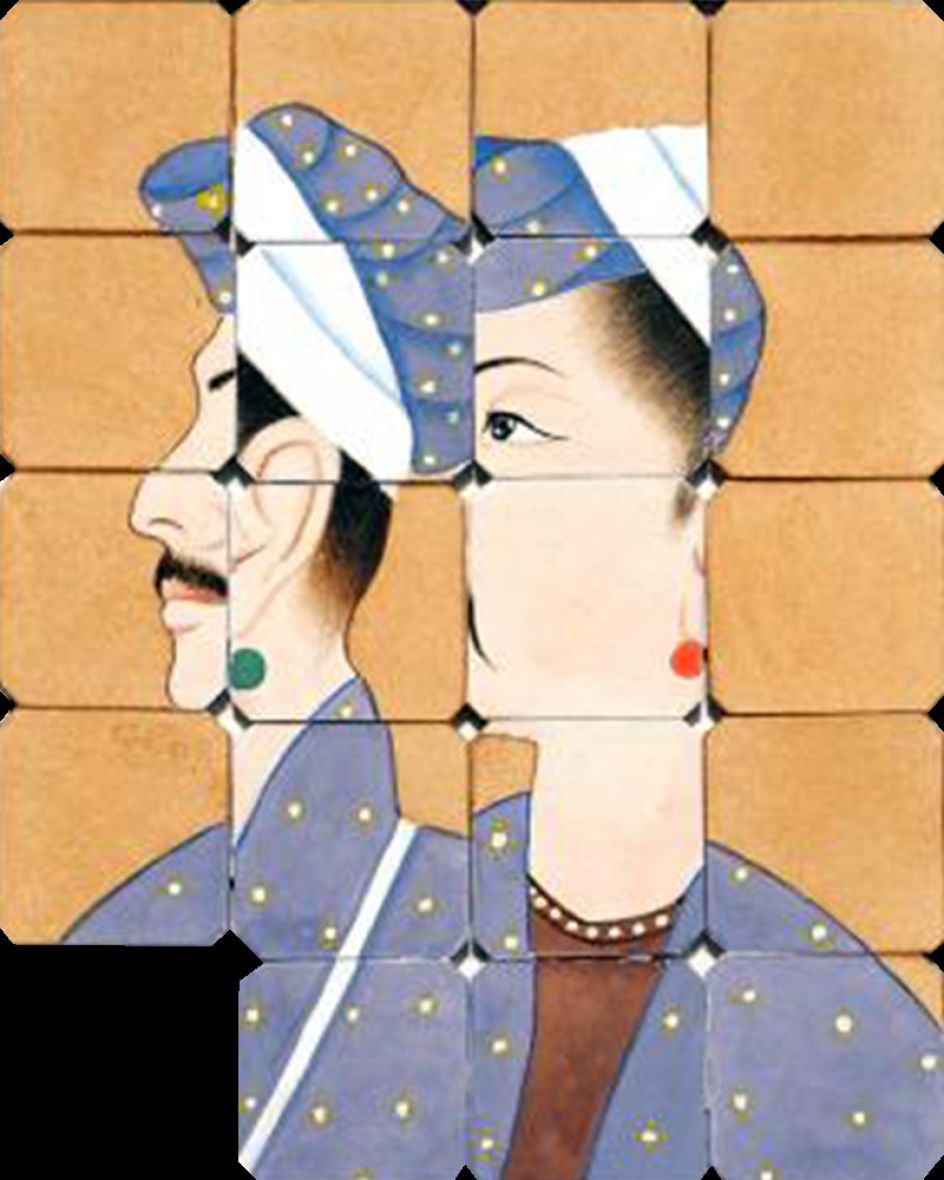
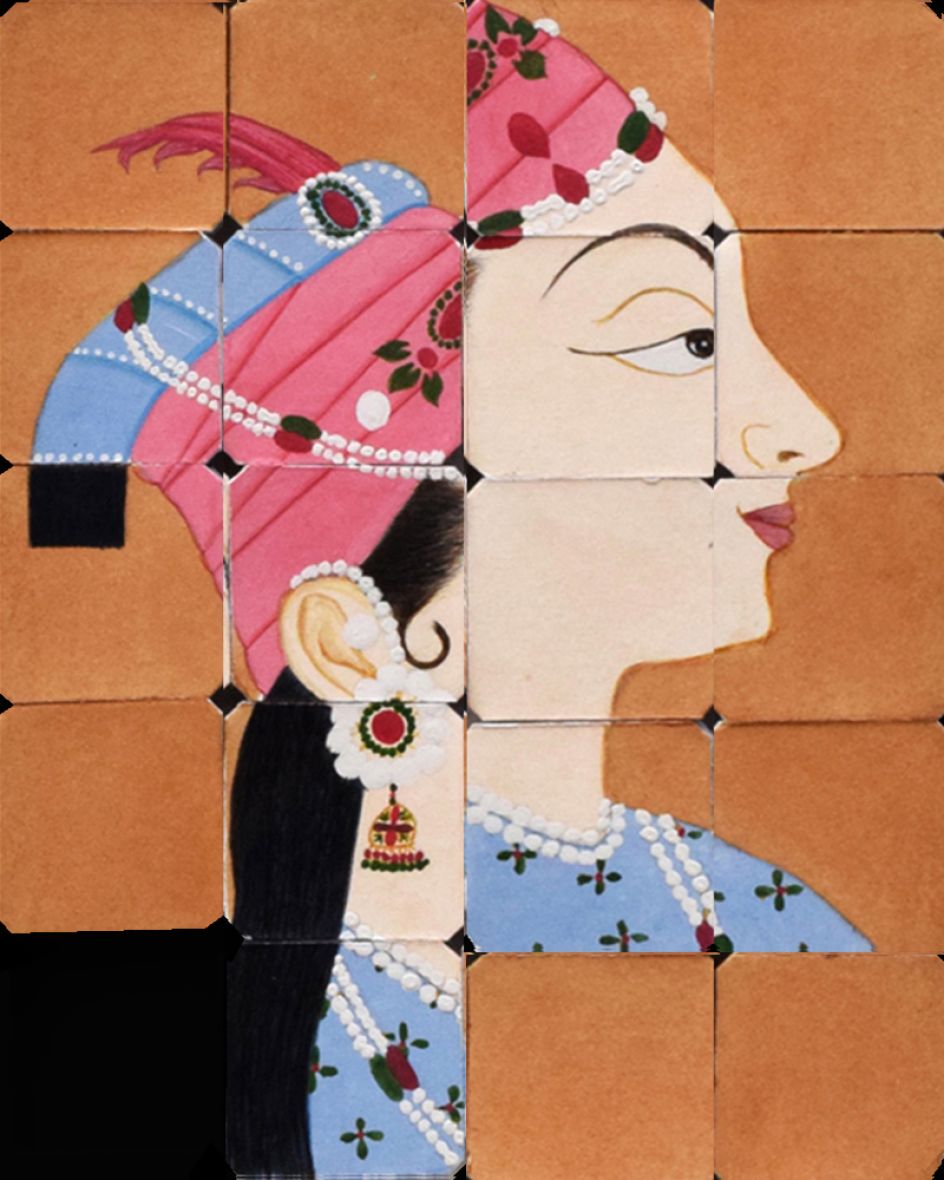
As well as making and cutting the vasli that he paints on, Amjad also makes his own brushes by hand and mixes all the colours he uses. Once the pictures are painted, they are rearranged into compelling patterns in an attempt to draw in the viewer.
Despite tackling themes of corruption and human nature, Amjad isn't deadly serious in his approach. Playfulness, as exemplified by his portraits, is an equally important facet of his art, extending into everything he does.
"I work in different mediums because I think an idea works better in an installation than in a painting," he adds, "the playfulness of my puzzle work means that viewers are trying to solve the picture in their own head while looking at it. That's why I distort the images so that the viewer becomes engrossed in my work."
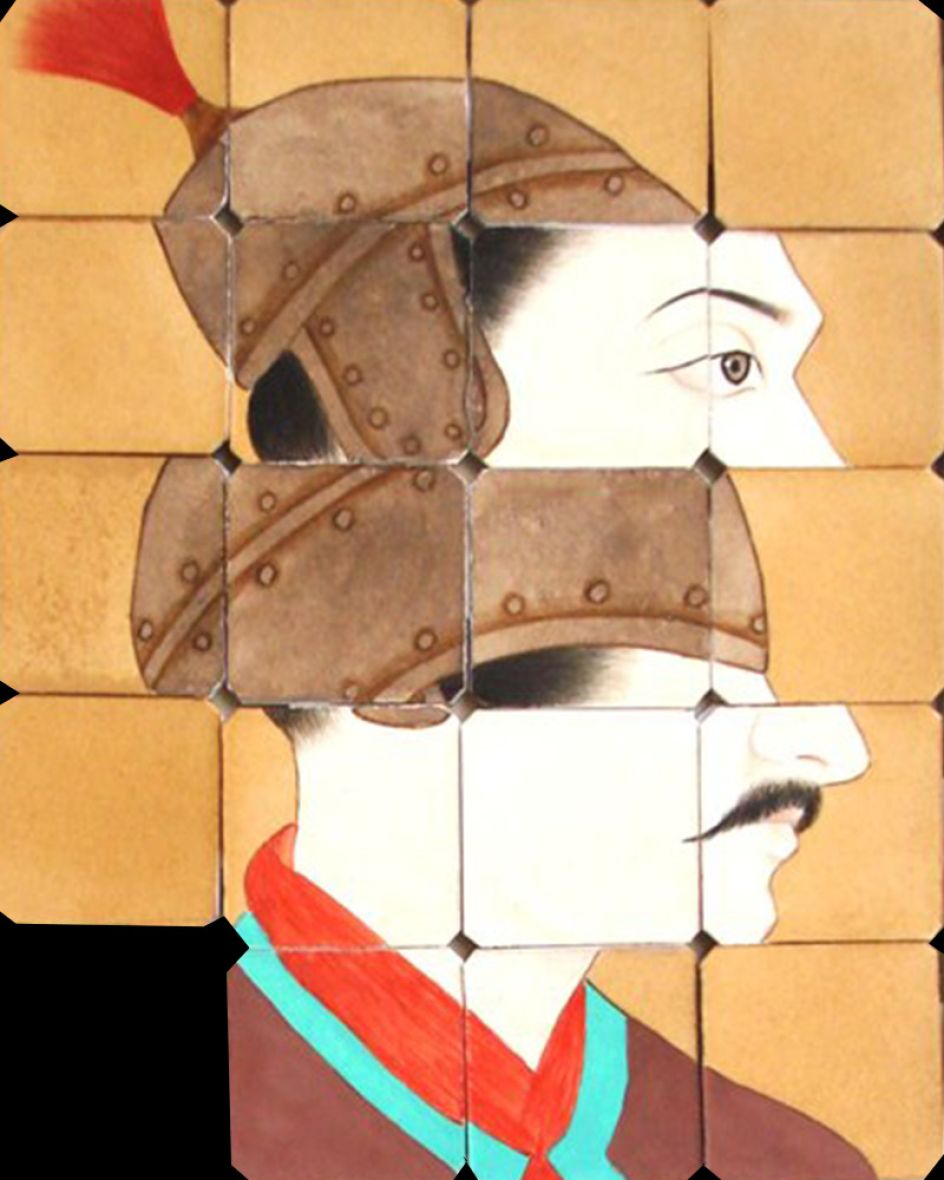
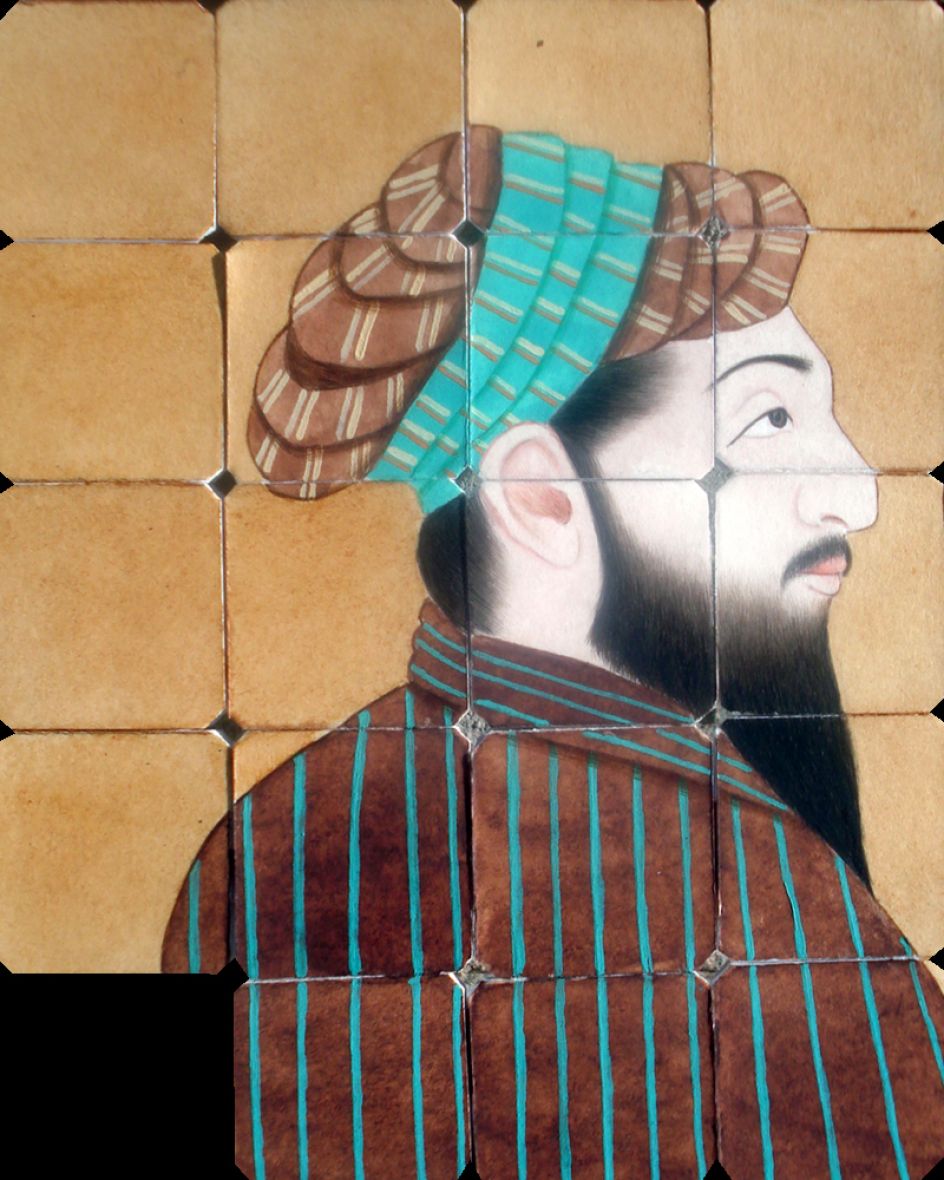




 by Tüpokompanii](https://www.creativeboom.com/upload/articles/58/58684538770fb5b428dc1882f7a732f153500153_732.jpg)

 using <a href="https://www.ohnotype.co/fonts/obviously" target="_blank">Obviously</a> by Oh No Type Co., Art Director, Brand & Creative—Spotify](https://www.creativeboom.com/upload/articles/6e/6ed31eddc26fa563f213fc76d6993dab9231ffe4_732.jpg)









